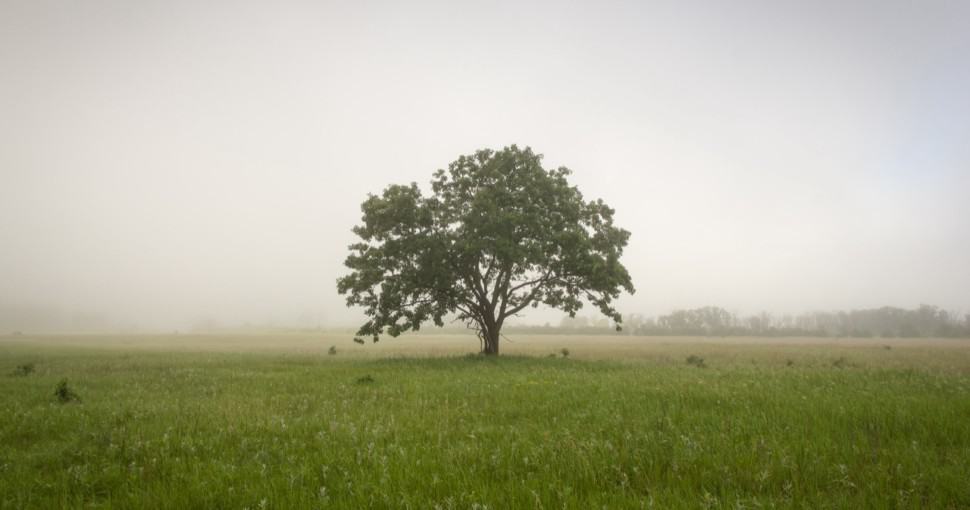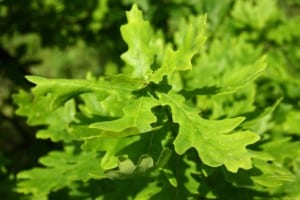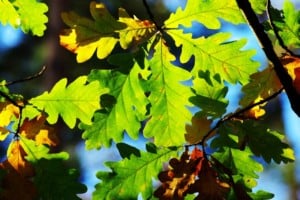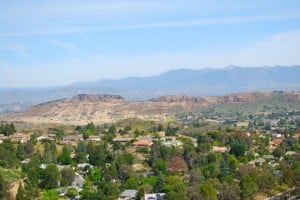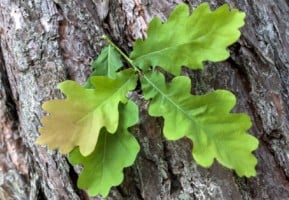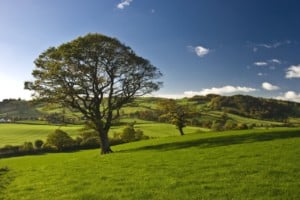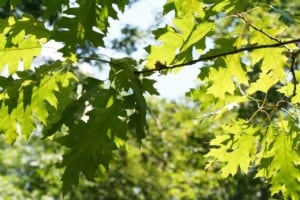Of the approximately 60 thousand species of trees found globally, oak trees are numbered in the most incredible and important. Since ancient times oaks were revered for their strength, splendor, and usefulness; they even became part of mythology. But, are there any trees similar to the mighty oak?
Contents
Oak trees belong to the genus Quercus, of which there are around 450 different species. Oaks are part of the Beech family (Fagaceae), and due to their desirable characteristics, many are used for furniture and decorative purposes.
The appearance, growth form, and lumber of oak trees vary considerably. Oak trees are subdivided and classified into three categories:
- Black oaks (Cyclobalanus)
- Red oaks (Erythrobalanus)
- White oaks (Leucobalanus)
Important characteristics of these trees include:
- Their natural distribution is in the north temperate zone to tropical areas.
- In the states, the native oaks are red and white.
- Most oaks are deciduous, but some species are evergreen.
- The wood of oaks is durable, workable, and aesthetically pleasing.
- Oak trees grow to over 100 feet high and around 150 feet wide (the canopy).
- Oaks are steeped in mythology globally and live to be 1000 years old.
Oak trees are beneficial for numerous reasons, some of which include:
- Their acorns are a source of food for various animals and humans.
- Our ancestors used oak trees to construct houses, implements, boats, and medicinal use.
- Oak wood is prized for wine barrels, as the desirable flavors enhance the wine’s taste.
1. Elm Trees (Ulmus spp.)
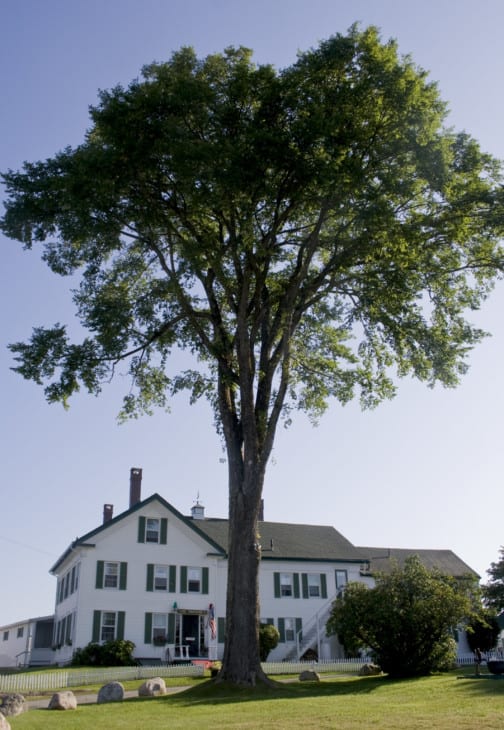
Elms and many oak species are deciduous trees. Within the elm genus, there are around 35 different species. The distribution of both oaks and elms tends to be in temperate regions of the Northern Hemisphere.
Elm trees have similarly shaped leaves to oak trees, with some species (like the American elm) reaching up to 148 feet. Although the bark of younger trees is smooth, as the tree ages, the bark develops a similar gnarly appearance to oak trees.
Like with oak timber, elms are used to make furniture and boats. Elms are also used to make railway sleepers and buildings as their wood is hard, durable, and water-resistant.
2. Ash Trees (Fraxinus spp.)
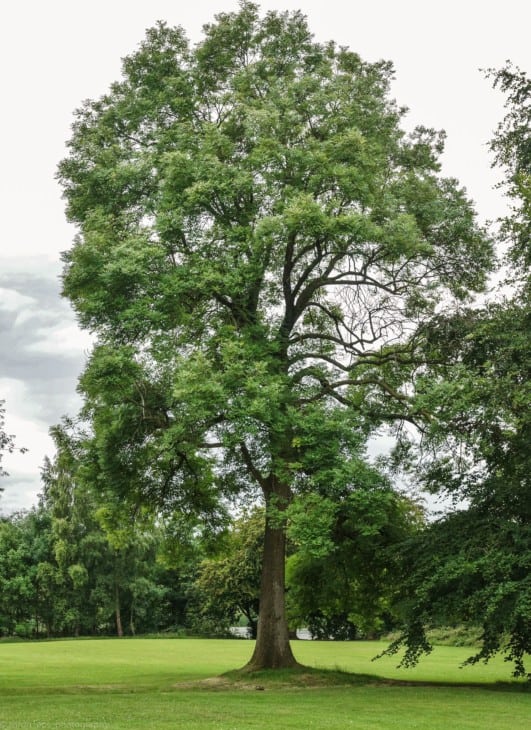
Within the Fraxinus genus, there are between 45 and 65 species. Most of these trees grow in the cooler regions of the northern hemisphere; however, there are several species located in the tropics (Mexico and Java). Both ash and many oak trees are deciduous.
Some of the larger species of ash reach heights of between 60 and 120 feet, putting them in the same category as the larger oaks. Ash trees tend to develop deeply furrowed bark, which results in a similar appearance to oak trees. The leaves, however, are not all that similar.
The lumber produced from ash trees shares many properties with oak lumber. Both types are strong, durable, and workable. The American ash’s wood is used to make sporting equipment, while other species make furniture, panels, and barrels for aging wine and other liquors.
3. Beech Trees (Fagus spp.)
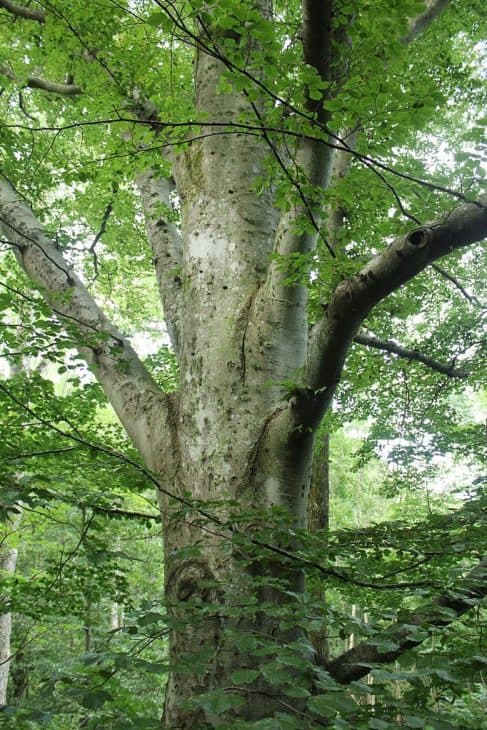
There are around 10 species of beech trees in this genus. Beech trees and oak trees belong to the Beech family because they share many of the same features. Beech trees are deciduous and are distributed in temperate and subtropical climates in the northern hemisphere.
Beech trees, like oaks, grow to heights of 100 to 130 feet (depending on the species) with outstretched canopies. Although they do not “preceded time itself” as oaks do, beech trees live to the ripe old age of 400 years.
Beach trees are ornamental trees, and their wood is used in producing furniture and timber. Some of the common uses for beech wood include tool handles, shipping containers, and fuel. Like oak, the seeds of beech trees are also eaten by various animals (including livestock).
4. European Sweet Chestnut Trees (Castanea sativa)
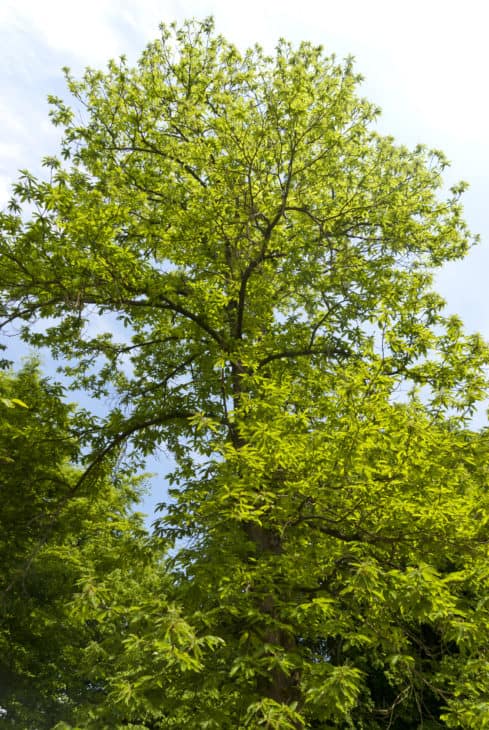
European sweet chestnuts are another example of trees from the Beech family (Fagaceae). There are around 10 species of chestnut trees, the most popular being the European/Italian/Spanish sweet chestnut. The most notable feature about these trees is their edible nut/seed, particularly once roasted.
These trees are long-lived, attaining ages of up to 700 years. During this lifetime, they reach heights of 115 feet. They are also deciduous trees, which means that during the fall, their leaves turn shades of red, yellow, and orange before dropping to the ground.
Like the oak, the bark of sweet chestnuts is riddled with crevices, giving the tree a gnarled appearance. This bark, the leaf shape, and the desirability of its wood for timber make sweet chestnuts comparable to oak trees.
5. Hickory Trees (Carya spp.)
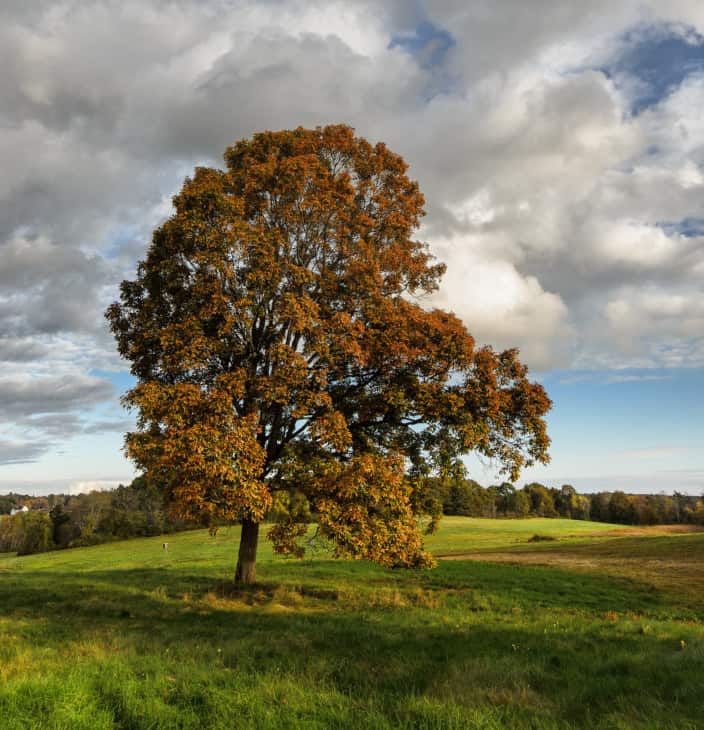
Hickory trees belong to the walnut family, and within the Carya genus, there are around 18 different species. These trees are distributed across the northern hemisphere, with as many as 15 species located in the US. The other three are in Asia. These trees are deciduous.
Hickory trees reach up to 100 feet, making them comparable with oak trees. Pignut hickory, in particular, has well-defined furrows in its bark, akin to those in oak trees. Hickory trees do not, however, live as long as oak trees do, only reaching between 200 and 300 years.
Lumber from hickory trees is used for flooring and furniture, sporting equipment, and tool handles. The nuts of these trees are also edible, and some are commercially grown for those nuts.
6. Maple Trees (Acer spp.)
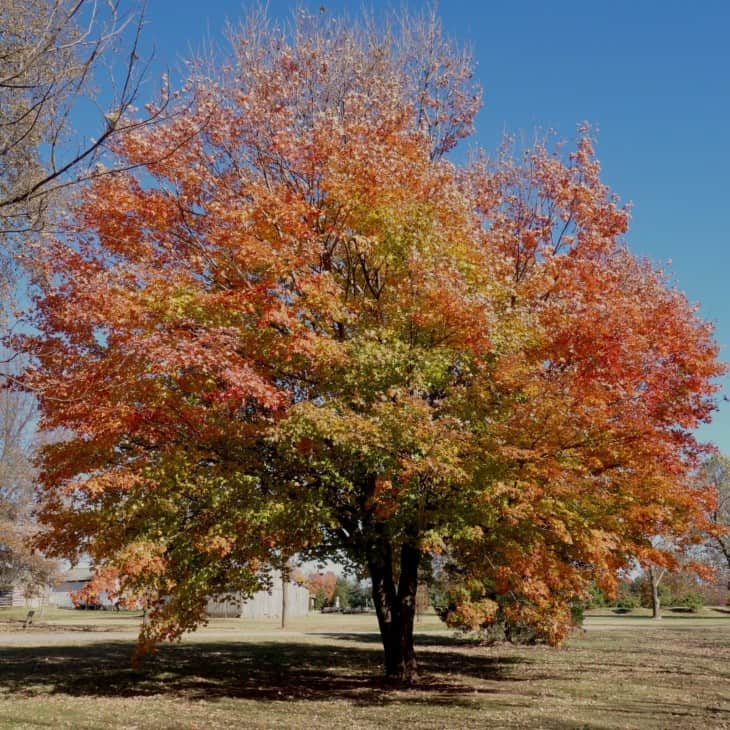
Maple trees, like oaks, are a group of similar trees collectively referred to as maple. There are around 125 different trees within this genus. Maple and (many) oak trees are both deciduous and hardwood species. Both maples and oaks are distributed across the Northern Hemisphere (specifically in the temperate regions).
Although maples and oaks are relatively similar in growth form, each attaining around 100 feet in height, with outstretched or rounded crowns). Maple trees don’t live as long as oak trees, often reaching about 100 years old.
Like oak acorns, maple seeds are also edible (animals and humans). The wood of maple trees is highly sought after for furniture, kitchen cabinets, flooring, and musical instruments. Some maple trees (like the sugar maple) develop the same gnarled bark appearances as fissures develop as they age.
7. Tanoak Trees (Lithocarpus densiflorus)
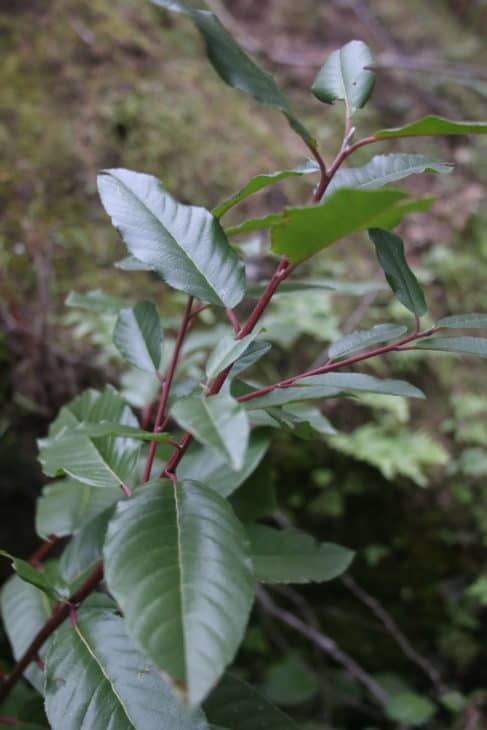
A fellow member of the Beech family, the tanoak tree bears many similarities to oaks. The majority of this genus are distributed across Asia; however, the tanoak is native to California, making it odd.
Tanoak trees also produce an acorn after bearing a flower similar to a chestnut. Botanists believe that this tree may be an evolutionary link between the other two species.
They reach up to 200 feet and outlive true oak trees by a good thousand years or so. They do, however, share similar wood properties to oak trees, with wood that is durable, workable, and sought-after (especially for flooring, furniture, railroad cross-ties, and veneers).

